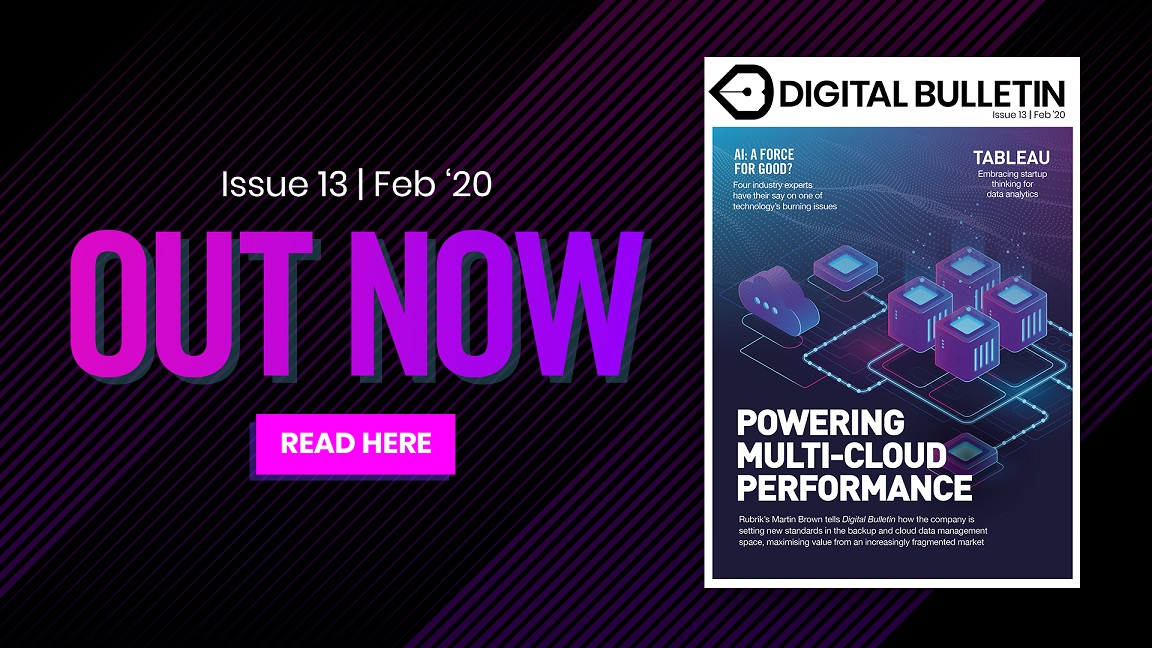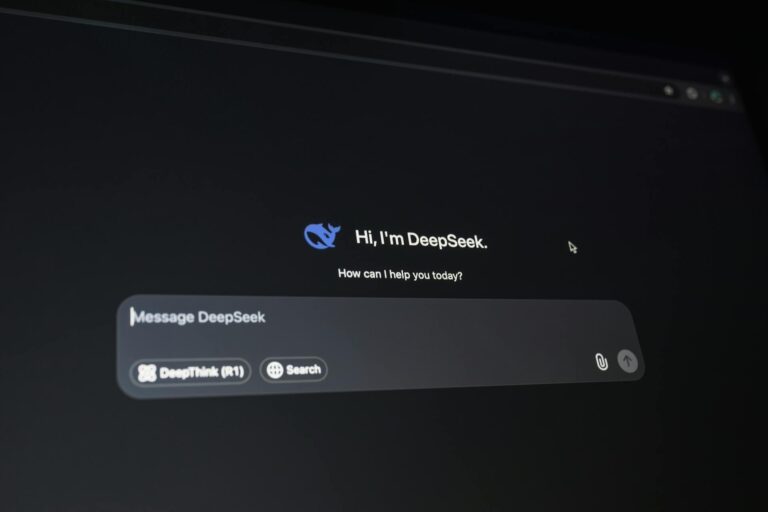
In today’s enterprise IT environment, it seems only practical that data can be analysed in real-time, with intelligence and analytics used to determine trends, spot vulnerabilities and pinpoint operational issues. But rewind a decade, when cloud was an embryonic technology, and eyebrows were raised at such functionality being offered as a service.
But that’s exactly what a team of self confessed “machine data nerds” landed on when they came together in 2010 around one simple idea: to empower digital business through real-time analytics delivered as a service. Bruno Kurtic, Co-Founder at Sumo Logic, was one of that team that was able to see where the enterprise world was heading.
“When we started the company, we could see a transition happening in the technology world. The market was going through a transition with companies moving from on-premise software and hardware to a cloud migration. Instead of buying technology they were leasing it and letting others operate it,” Kurtic tells Digital Bulletin.
The founding partners’ vision was prescient, with companies shifting from traditional business models to digital business models, pivoting to increasingly agile operating methods that allow for greater innovation and flexibility. In turn, this has demanded that business implement new technologies to oversee these new structures and tools.
“As businesses became increasingly digital, it became evident that the data was becoming extremely useful to analyse customer relationships. Relationships for digital businesses are completely driven by software, rather than previously where it was something driven by human beings,” Kurtic comments.
“We observed that software is the primary interface for digital businesses to their customers, and that what we call the ‘digital exhaust’ coming off applications should tell a company everything they need to know about the strengths and weaknesses of their own businesses, too.
“That information won’t just help a company become more secure, but also offer tens of millions of insights into what their customers do, how they behave, when they do things, how they are using my products and services, and do they consider what I’m producing to be useful. We saw this transformation into digital as a whole new path and way to help enterprises run their business.”
It is a vision that is paying dividends for Sumo Logic; today the company’s cloud native machine data platform is utilised by more than 2,000 enterprises, more than 100 petabytes of data and tens of millions of requests processed every day, helping achieve the vision of enabling users to make data driven decisions in real-time.
As businesses became increasingly digital, it became evident that the data was becoming extremely useful to analyse customer relationships
2019 proved to be a watershed year for the business, with a $110 million funding round taking Sumo Logic’s official worth to more than $1 billion, thereby confirming its status as a technology unicorn. Rarified air, indeed.
That funding will be used to fuel Sumo Logic’s business – spanning engineering, sales, and global operations – with an emphasis on extending the platform analytics capabilities of its service, which is used by the likes of Adobe, Infor, airbnb and the BBC.
It also counts global billion dollar gaming company Pokemon as a customer, which hosts hundreds of millions of users within its multi-tenant AWS environment. Sumo Logic’s brief has been to provide a unified source of all user data in order to operationalise agile security and DevOps teams, and implement the proper security and privacy controls.
“We work with the guys at Pokemon to help them manage the security of their platform; they have around 800 million users, which is staggering,” Kurtic says. “It is cloud native architecture and played by lots of kids, which makes governments extremely paranoid, so it is highly complex.
“We’ve spent a lot of time ensuring that we’re capturing all of the telemetry from their systems and infrastructure to make sure they can monitor access, fraud, abuse and all sorts of relevant things.
“It’s about making sure that people are interacting in a safe way because all you need is one example of something nefarious happening and then the whole thing falls to bits, it’s much more sensitive than a B2B environment, so we have to monitor some very specific security issues.”
To keep its finger on the industry pulse, Sumo Logic releases an annual report looking at key themes shaping the data intelligence and cloud industries.
One of the key takeaways from the company’s 2019 ‘Continuous Intelligence: The State of Modern Applications and DevSecOps in the Cloud’, was that the fastest-growing customer segment for Sumo Logic was from multi-cloud customers.
“We wanted to understand why we were getting more customers sending data from different cloud providers and one reason was the adoption of microservices in Kubernetes,” comments Kurtic. “What is fascinating to understand is that if a customer of ours is on-premise only, they have a single digit percentage likelihood of running Kubernetes.
“On a single cloud there is a 20% chance, if they run two clouds it is 40-50% and if they run in three public clouds, it is more than 80% likely that they’re running on Kubernetes. So enterprises are investing in this technology that’s giving them movement and ease between clouds.”

As a company that sees itself operating at the bleeding edge, Sumo Logic has moved quickly to provide heightened support for Kubernetes in the form of ‘Continuous Intelligence for Kubernetes’, building on capabilities that were already in place.
The platform provides users with a unified and customisable solution that offers real-time visibility and navigation based on incoming data and metadata from their unique Kubernetes implementations.
Built for DevSecOps, this approach allows site engineers, platform engineers, cloud architects, developers and security analysts to quickly identify and resolve issues impacting their applications.
“Kubernetes was a very strategic decision for us, we scan an insane amount of data every day and we pay attention to what that data is telling us,” says Kurtic. “It was evident three years ago that Kubernetes was on an uptick and we had to make a bit of a leap of faith, because there were a number of other technologies that were germinating to own the microservices architecture.
“We thought it was going to be Kubernetes and based on what our customers are telling us and what the data is telling us, Kubernetes is going to be the multi-cloud operating system for microservices and data applications.
“Sumo Logic believes that microservices is the architecture of the foreseeable future and the architecture beneath it is containers managed by Kubernetes, while we’re also seeing more serverless activity. Kubernetes will be fundamental in the multi-cloud environment – I think the market has spoken, at least in terms of the next couple of years.”
Kurtic says the embrace of Kubernetes illustrates the company’s philosophy to invest in new technologies and stay ahead of the curve when it comes to development. This mission to stay ahead of the game, rather than looking backwards, has been key to winning new business from enterprise in a highly competitive market.
And there is a confidence that existing customers will become long-term partners of Sumo Logic as they themselves evolve into increasingly digital-centric businesses.
“Where companies typically begin with us is the areas we have always specialised in, so DevSecOps,” Kurtic concludes. “But many customers that have been working in this area for a while are now looking to the future by adopting datasets and building methodologies, leveraging tech like ours to deliver them intelligence across all of their departments.
“Every interaction with a customer generates thousands of data points that can help really understand how to better run the business and I think the market will mature there over the next five to ten years, and that’s where a lot of transition will happen for businesses.
“For us, we will continue to be maniacally focused on customer satisfaction and retention, and want to grow even further in terms of the regions around the world we can support our customers. We are driven by our customers and want to continue to provide excellent coverage of new technologies across the cloud providers.”



